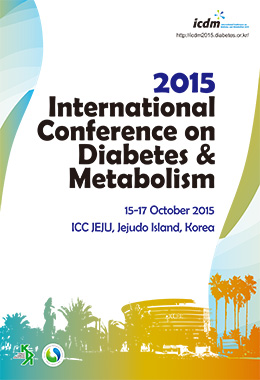Objective: We aimed to determine the effect of change in bilirubin concentration on risk of incident metabolic syndrome (MetS) in healthy Korean adults.
Methods: We conducted a retrospective longitudinal study with subjects who had undergone at least four yearly health check-ups between 2006 and 2012. Of 24,185 total individuals who received annual check-ups, 11,613 non-MetS participants with baseline bilirubin level not exceeding 2.0 mg/dL were enrolled in the study. The association between percent change in bilirubin (PCB) and incident risk of MetS was evaluated.
Results: Of the total subjects, 2,439 (21.0%) were diagnosed with incident MetS. Baseline bilirubin did not show a significant effect on development of MetS. However, increased risks for incident MetS were observed in higher quartiles of PCB, with hazard ratios (HRs) of 1.476 (95% CI 1.300-1.675) and 2.104 (95% CI 1.859-2.382) in the third and fourthquartiles, respectively, compared to the lowest quartile after adjusting for age, sex, smoking status, waist circumference, BMI, blood pressure, AST, ALT, uric acid, estimated GFR, and lipid profile. The HR per one standard deviation increase in PCB as a continuous variable was 1.248 (95% CI 1.209-1.288).
Conclusion: Increase in bilirubin concentration was positively associated with higher risk of MetS incidence. Serum bilirubin changemight be a sensitive marker to predict development of MetS in early stages.




